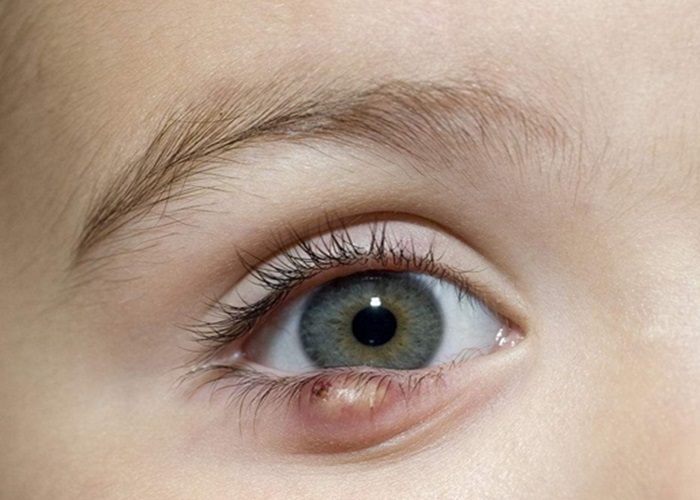Styes are a common eye condition that can be uncomfortable and unsightly. They are typically caused by a bacterial infection and can occur on the eyelid or around the eye. In this article, we will explore what styes are a symptom of, the causes of styes, and what can be done to treat and prevent them.
What are Styes?
Styes, also known as hordeolums, are small, red bumps that appear on the eyelid or around the eye. They are typically caused by a bacterial infection and can be painful and uncomfortable. Styes can occur on the inside or outside of the eyelid and are often filled with pus.
Causes of Styes
Styes are typically caused by a bacterial infection, most commonly Staphylococcus aureus. This bacterium is commonly found on the skin and can enter the hair follicles or oil glands on the eyelid, causing an infection. Other factors that can contribute to the development of styes include:
Poor Hygiene: Poor hygiene can increase the risk of developing a stye. Touching the eyes with dirty hands or failing to remove eye makeup can introduce bacteria into the eye area.
Stress: Stress can weaken the immune system and increase the risk of infection, including styes.
Hormonal Changes: Hormonal changes, such as those that occur during puberty or pregnancy, can increase the risk of developing styes.
Chronic Conditions: Chronic conditions such as diabetes or blepharitis, an inflammation of the eyelid, can increase the risk of developing styes.
Symptoms of Styes
The symptoms of styes can vary depending on the severity of the condition. Some common symptoms of styes include:
Redness and Swelling: Styes are typically characterized by redness and swelling around the eye.
Pain and Discomfort: Styes can be painful and uncomfortable, especially when touched or rubbed.
Pus or Discharge: Styes are often filled with pus or discharge.
Crusting: Styes can cause crusting around the eyelid.
Blurred Vision: In rare cases, styes can cause blurred vision.
Treatment and Prevention of Styes
Styes can be treated and prevented with proper hygiene and medical intervention. Here are some strategies that can be used to treat and prevent styes:
Warm Compresses: Applying a warm compress to the affected eye can help reduce swelling and promote drainage of the stye.
Antibiotics: In some cases, antibiotics may be prescribed to treat the bacterial infection causing the stye.
Proper Hygiene: Maintaining proper hygiene, such as washing hands frequently and removing eye makeup before bed, can help prevent the development of styes.
Avoid Touching Eyes: Avoid touching the eyes with dirty hands or rubbing the eyes excessively.
Manage Chronic Conditions: Managing chronic conditions such as diabetes or blepharitis can help reduce the risk of developing styes.
Conclusion
Styes are a common eye condition that can be uncomfortable and unsightly. They are typically caused by a bacterial infection and can occur on the eyelid or around the eye. Styes can be treated and prevented with proper hygiene and medical intervention. By maintaining proper hygiene, avoiding touching the eyes with dirty hands, and seeking medical attention when necessary, people can reduce their risk of developing styes and improve their overall eye health.
Related topics:
- How To Treat A Stye In Children?
- What Causes A Stye Inside Your Eye?
- What to Do at the First Sign of a Stye?


